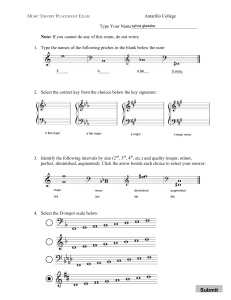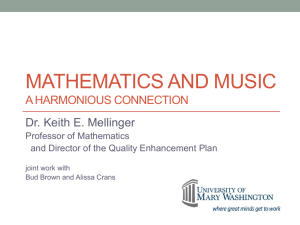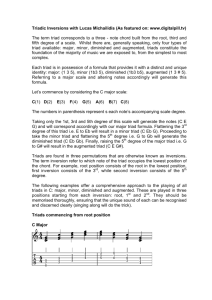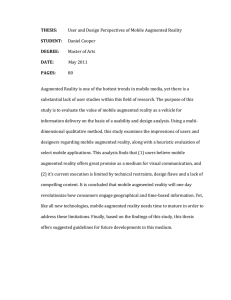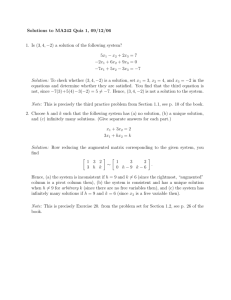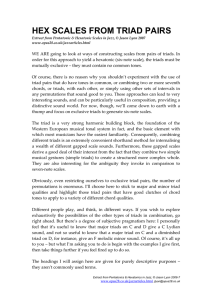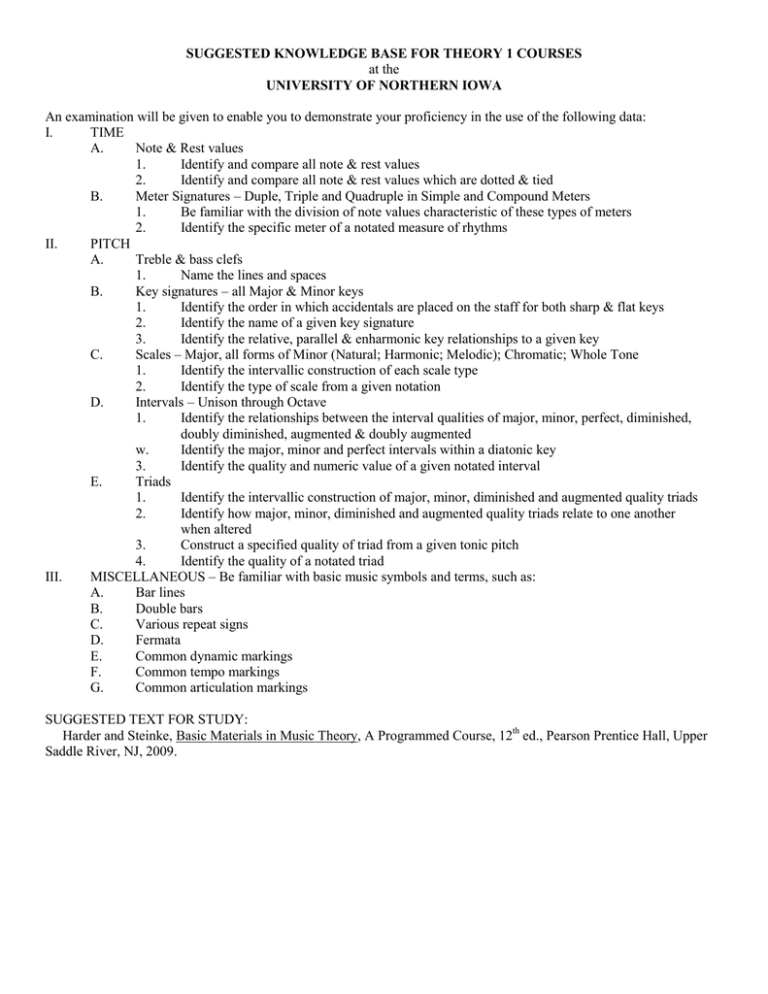
SUGGESTED KNOWLEDGE BASE FOR THEORY 1 COURSES
at the
UNIVERSITY OF NORTHERN IOWA
An examination will be given to enable you to demonstrate your proficiency in the use of the following data:
I.
TIME
A.
Note & Rest values
1.
Identify and compare all note & rest values
2.
Identify and compare all note & rest values which are dotted & tied
B.
Meter Signatures – Duple, Triple and Quadruple in Simple and Compound Meters
1.
Be familiar with the division of note values characteristic of these types of meters
2.
Identify the specific meter of a notated measure of rhythms
II.
PITCH
A.
Treble & bass clefs
1.
Name the lines and spaces
B.
Key signatures – all Major & Minor keys
1.
Identify the order in which accidentals are placed on the staff for both sharp & flat keys
2.
Identify the name of a given key signature
3.
Identify the relative, parallel & enharmonic key relationships to a given key
C.
Scales – Major, all forms of Minor (Natural; Harmonic; Melodic); Chromatic; Whole Tone
1.
Identify the intervallic construction of each scale type
2.
Identify the type of scale from a given notation
D.
Intervals – Unison through Octave
1.
Identify the relationships between the interval qualities of major, minor, perfect, diminished,
doubly diminished, augmented & doubly augmented
w.
Identify the major, minor and perfect intervals within a diatonic key
3.
Identify the quality and numeric value of a given notated interval
E.
Triads
1.
Identify the intervallic construction of major, minor, diminished and augmented quality triads
2.
Identify how major, minor, diminished and augmented quality triads relate to one another
when altered
3.
Construct a specified quality of triad from a given tonic pitch
4.
Identify the quality of a notated triad
III.
MISCELLANEOUS – Be familiar with basic music symbols and terms, such as:
A.
Bar lines
B.
Double bars
C.
Various repeat signs
D.
Fermata
E.
Common dynamic markings
F.
Common tempo markings
G.
Common articulation markings
SUGGESTED TEXT FOR STUDY:
Harder and Steinke, Basic Materials in Music Theory, A Programmed Course, 12th ed., Pearson Prentice Hall, Upper
Saddle River, NJ, 2009.

